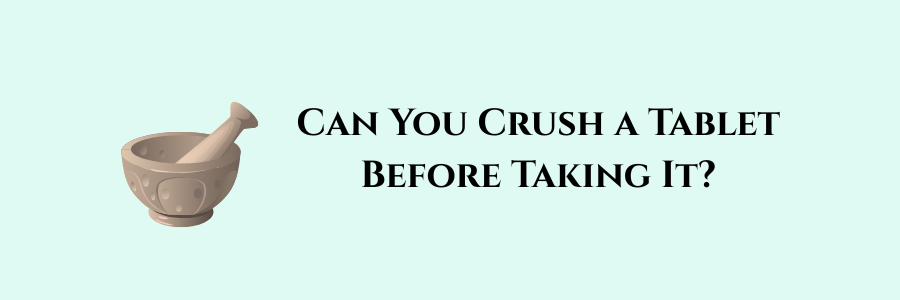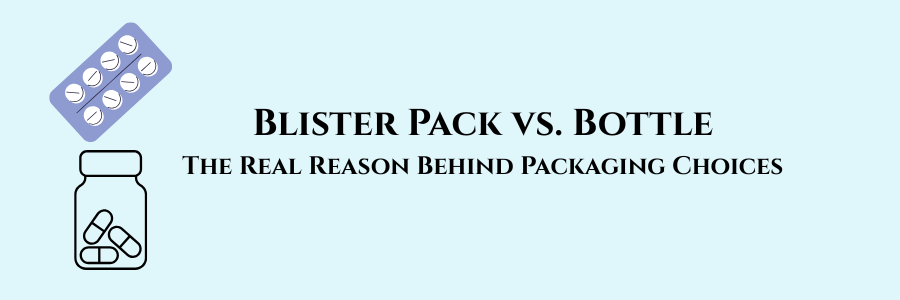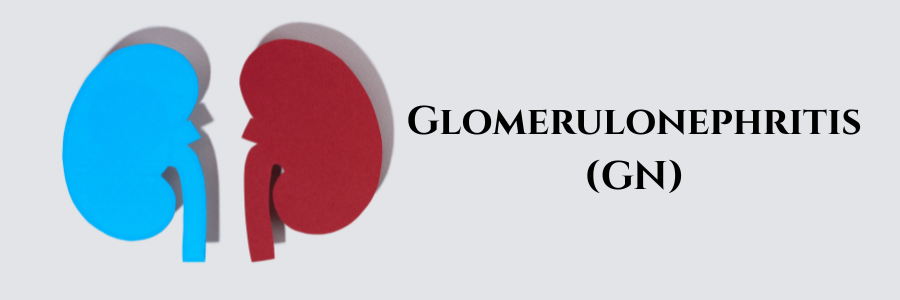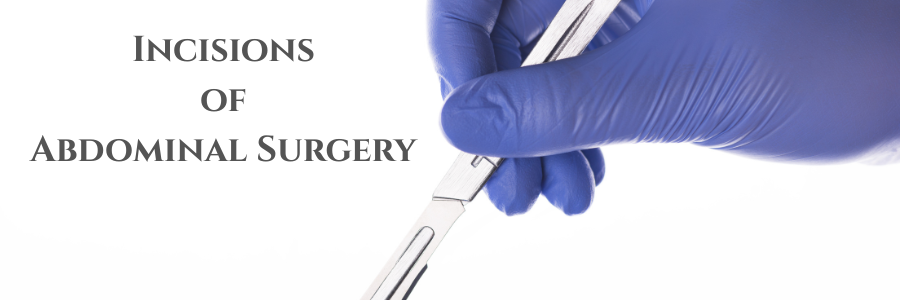Pharma Blog

Determination of Dissolved CO2 in Soft Drinks
A Hands-On Experiment with Dissolved CO2 I’ve always wondered about the science behind the things we do every day. I recently set out to measure the ‘fizz’ in soft drinks by finding out how much CO2 is dissolved. This was a wonderful experiment of titration with sodium hydroxide. It wasn’t ... Read More

The Science Behind the Drug Potency
The science behind drug potency is far more complex than you think. If you’re in pharmaceuticals or biotechnology, you’ll frequently hear the term “potency.” But what exactly does it mean, and why is it important? What is Drug Potency? Potency refers to the amount (dose or concentration) of a drug ... Read More

Can You Crush a Tablet Before Taking It?
Whether it’s for your grandma who can’t swallow, or your child who hates medicine… many of us have crushed tablets thinking it’s harmless. But did you know? Not every tablet is made for that. Let’s break it down simply: Tablets You Should NEVER Crush: 1. Enteric-Coated Tablets (EC) 2. Extended-Release ... Read More

Can You Store Tablets in the Fridge?
Short Answer: No, unless the label or pharmacist says so. Why You Shouldn’t Refrigerate Tablets? 1. Condensation = Killer 2. Not Designed for Cold 3. Packaging Breakdown When Fridge Is Okay for Medicines? Only store in the fridge if the label or pharmacist clearly says: “Store at 2–8°C” Examples: Insulin, ... Read More

Blister Pack vs. Bottle | The Real Reason Behind Packaging Choices
Ever wondered why some medicines come in blisters while others are in bottles? It’s not just about cost or convenience—there’s a lot more behind these decisions! 1. RLD (Reference Listed Drug) – The Hidden Decision Maker When a generic drug is developed, it must match the Reference Listed Drug (RLD), ... Read More

Why Are Phosphate Buffers So Popular in HPLC?
If you work with HPLC chances are you’ve used phosphate buffers. But why phosphate? What makes them so widely trusted? Let’s find out why? 1. Excellent pH Control Phosphate has three dissociation constants (pKa) values: This allows effective buffering across a broad pH spectrum. This is essential for controlling the ... Read More

What Should Flow Through HPLC Column?
What Should You Flow, and What Shouldn’t in HPLC? It Depends on Your Column! What you flow, what you avoid flowing, and in what order, all depend on your column’s stationary phase and physical parameters. Let’s break it down scientifically: Stationary Phase Chemistry 1. Reversed-phase columns (like C18): 2. Normal-phase ... Read More

Troubleshooting in HPLC | A Detective Game in the Lab
Even the best HPLC methods sometimes run into trouble. Poor peak shapes? pressure spikes? incorrect retention times? You need to identify define the problem, define which component(s) may be causing it, then solve it. This process is called troubleshooting. It’s an art as much as it is a science. Think ... Read More

Glomerulonephritis (GN)
Glomerulonephritis (GN) is a group of kidney diseases that involve inflammation of the glomeruli, which are the filtering units of the kidneys. Here are some key points about GN: Types of Glomerulonephritis: 1. Acute glomerulonephritis: Sudden onset of inflammation and damage to the glomeruli. 2. Chronic glomerulonephritis: Long-term inflammation and ... Read More

All About Kidneys
Anatomy and Structure Location: Kidneys are located on either side of the spine, just below the ribcage, in the retroperitoneal space. Shape and Size: Each kidney is bean-shaped, typically about 10-12 cm. Components: Functions of the Kidneys Filtration: Regulation of Homeostasis: Hormone Production: Blood Pressure Regulation: Detoxification: Diagnostic Tools Blood ... Read More

Incisions of Abdominal Surgery
1. Midline Incision 2. Paramedian Incision 3. Transverse Incision 4. Kocher Incision 5. McBurney Incision 6. Lanz Incision 7. Pfannenstiel Incision 8. Battle’s Incision 9. Rutherford-Morrison Incision These incisions are selected based on factors such as: Read also: Resource Person: Akmal K. Ishak
